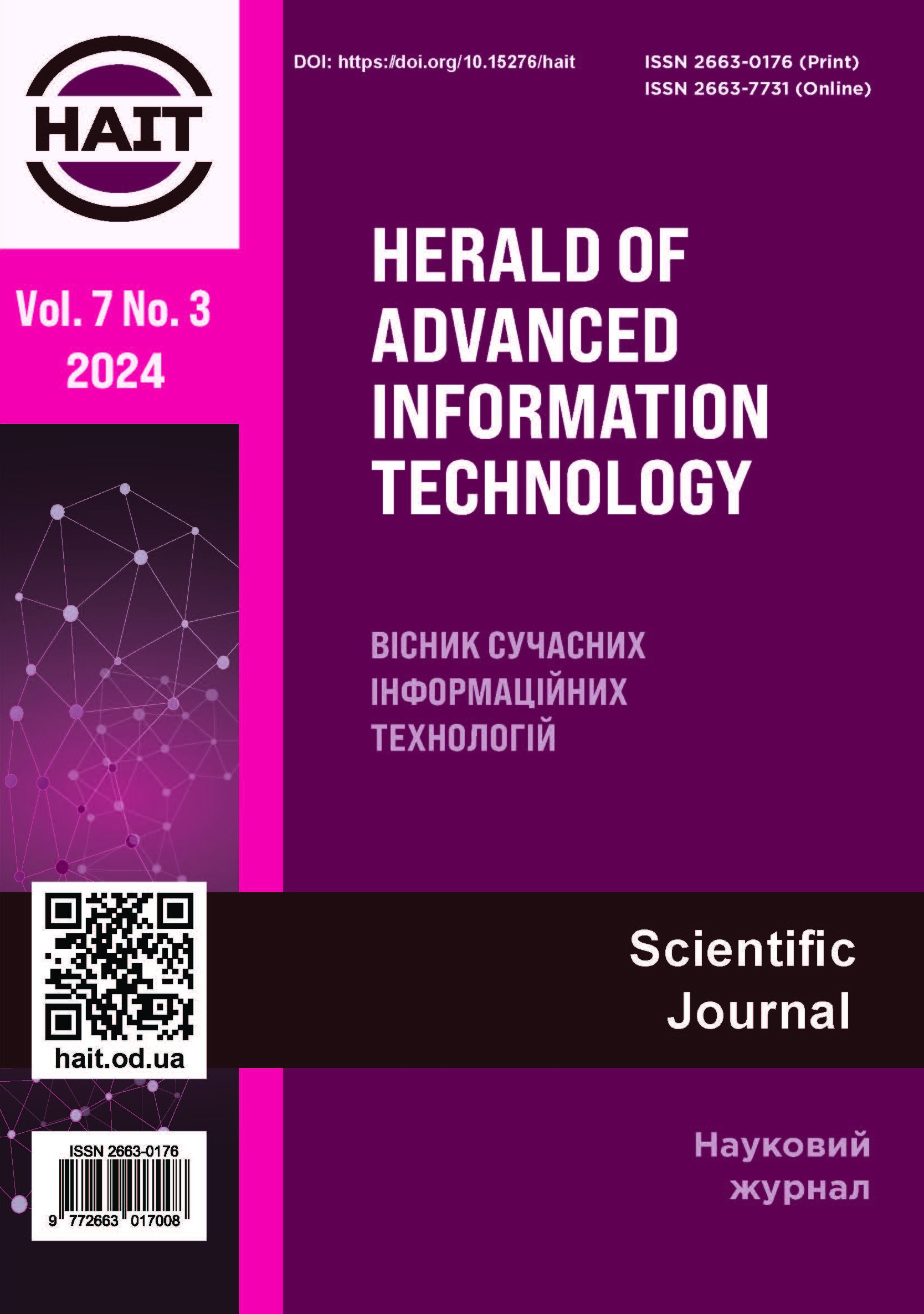Development of a software service for stock price forecasting based on sentiment analysis and autoregressive models
Main Article Content
Abstract
This paper addresses the critical need for efficient market analysis tools in the era of big data and artificial intelligence. We present a novel software service that integrates real-time news sentiment analysis with stock market prediction, enhancing the accuracy and speed of trading decisions. The system employs APIs for data collection, FinBERT for sentiment analysis, and MongoDB for data storage, overcoming limitations of existing platforms like Investing.com and MarketWatch. Our methodology combines sentiment analysis with autoregressive models to forecast stock prices for 11 major companies. The experiment utilized 141 observations, applying multiple regression and binary outcome models. Results demonstrate that investor sentiment significantly affects stock prices for 2 out of 11 companies, with Meta showing a 70 % determination coefficient in price direction changes based on sentiment. The study reveals that incorporating both quantitative (previous stock prices) and qualitative (sentiment) data improves forecast accuracy for certain stocks. This research contributes to the field of financial analytics by providing a more comprehensive approach to stock price prediction, integrating ML models and data analytics to support informed decision-making in dynamic financial markets.



